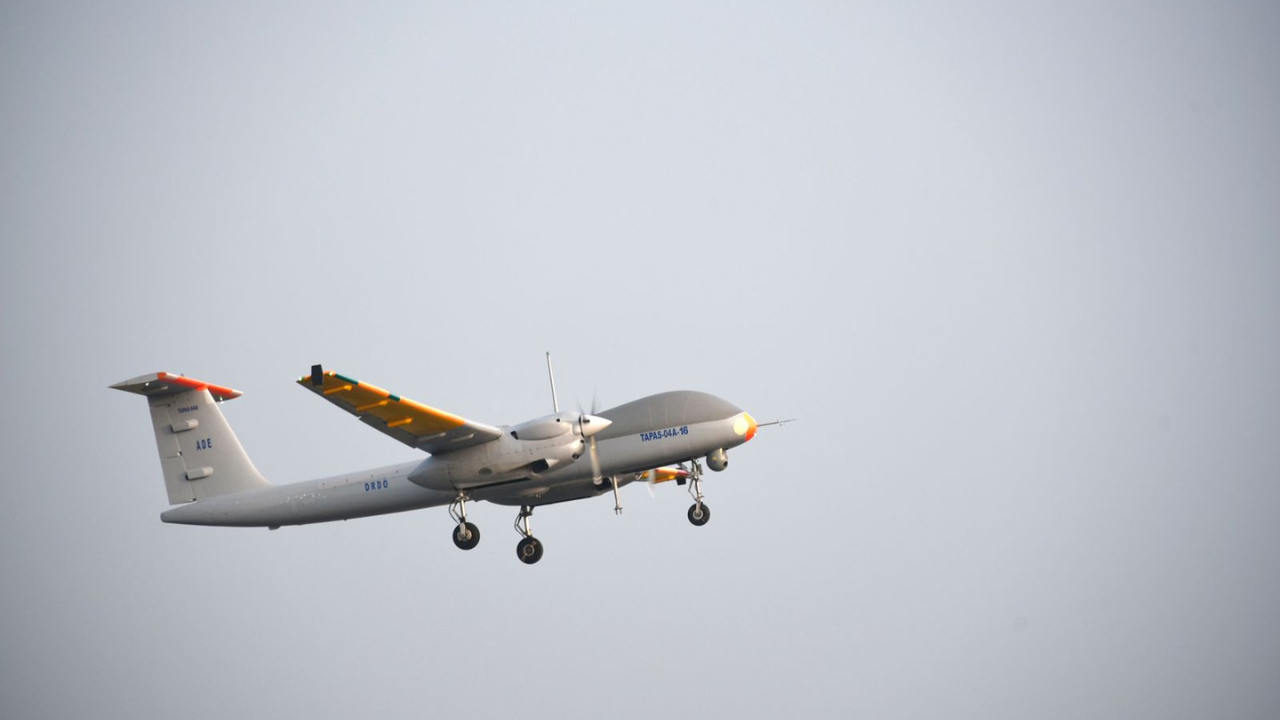SOURCE: AFI


The adage “beauty is in the eye of the beholder” might be true in art, but in the world of defense, the “beast” often holds a certain appeal. When it comes to weapon systems, aesthetics might seem secondary to firepower, speed, or stealth. However, appearances can wield surprising influence over the perceptions of generals, defense officials, and export clients alike. The Indian defense industry, known for building weapons that meet rigorous battlefield requirements, sometimes falls short in the aesthetics department. While aesthetics alone do not win wars, they play an underrated role in decision-making and market appeal, especially for clients who aren’t always in active conflict but are looking for systems that inspire confidence and pride.
The importance of aesthetics in defense procurement is an understated yet potent factor. For many nations, particularly those that are not embroiled in constant conflict, weapons systems are rarely deployed in combat but rather serve as symbols of national power and technological prowess. These weapons often appear in parades, ceremonies, and demonstrations where visual appeal can enhance their symbolic value.
Historically, aesthetic appeal has factored into high-profile defense decisions. The Joint Strike Fighter (JSF) competition between Boeing’s X-32 and Lockheed Martin’s F-35, for instance, illustrates how the design appeal can tip the scales. Although the X-32 met technical requirements, its unusual shape and “less attractive” aesthetics were rumored to have influenced its loss to the sleeker, more visually appealing F-35. The F-35, with its modern, aggressive lines and stealthy contours, became an icon of next-generation airpower, not only because of its capabilities but also its symbolic presence. Similarly, nations looking to buy weapon systems may be inclined to choose equipment that aligns with the prestige they wish to project.
India’s defense manufacturing sector emphasizes functionality and ruggedness, focusing on creating reliable systems that endure in harsh battlefield conditions. Take the Arjun MBT (Main Battle Tank), for instance: while a powerhouse in terms of capability, it has often been critiqued for its bulky design that lacks the visual “intimidation” factor of Western or Russian tanks. The Pinaka rocket system and Akash surface-to-air missile system are both highly effective but visually utilitarian, lacking the sleek and imposing aesthetic that might attract attention on an international market.
While Indian weapon systems are undoubtedly effective and durable, they often miss the “wow factor” that makes for memorable first impressions. As India aims to bolster its defense exports, adopting a greater focus on aesthetics can add a new edge to its already powerful systems.
Weapon systems aren’t just bought for battle; they’re symbols of strength and sovereignty. Defense parades are showcases of national pride, and attractive military equipment enhances a nation’s image both domestically and abroad. For countries purchasing weapons for the purpose of modernizing or replacing older systems rather than combat, aesthetics often play a crucial role. A visually impressive weapon system serves as a political and diplomatic tool, showcasing alliance strength and technological sophistication. Countries that rely on visual prowess as part of their defense posture may, therefore, prioritize systems that are visually appealing, even if it means marginally sacrificing ruggedness.
Furthermore, defense deals often depend on subjective perceptions. Decision-makers, including generals and government officials, are influenced by emotional responses, even if indirectly. A visually imposing or futuristic design can inspire confidence and foster a sense of modernity. This is especially relevant for India’s goal of exporting more defense equipment, where aesthetic appeal can add significant value, drawing in customers who might otherwise look to Western or other Asian markets.
The idea of an “aesthetic overhaul” isn’t about vanity; it’s a strategic move that could enhance India’s competitiveness in the defense export market. As more nations look for suppliers outside traditional Western sources, India has a prime opportunity to establish itself as a reliable and attractive defense partner. Countries that are not in active conflict but require a powerful defense presence may very well choose visually appealing systems that boost their national image. By producing equipment that is not only functional but also appealing, India can strengthen its positioning in defense diplomacy and sales.